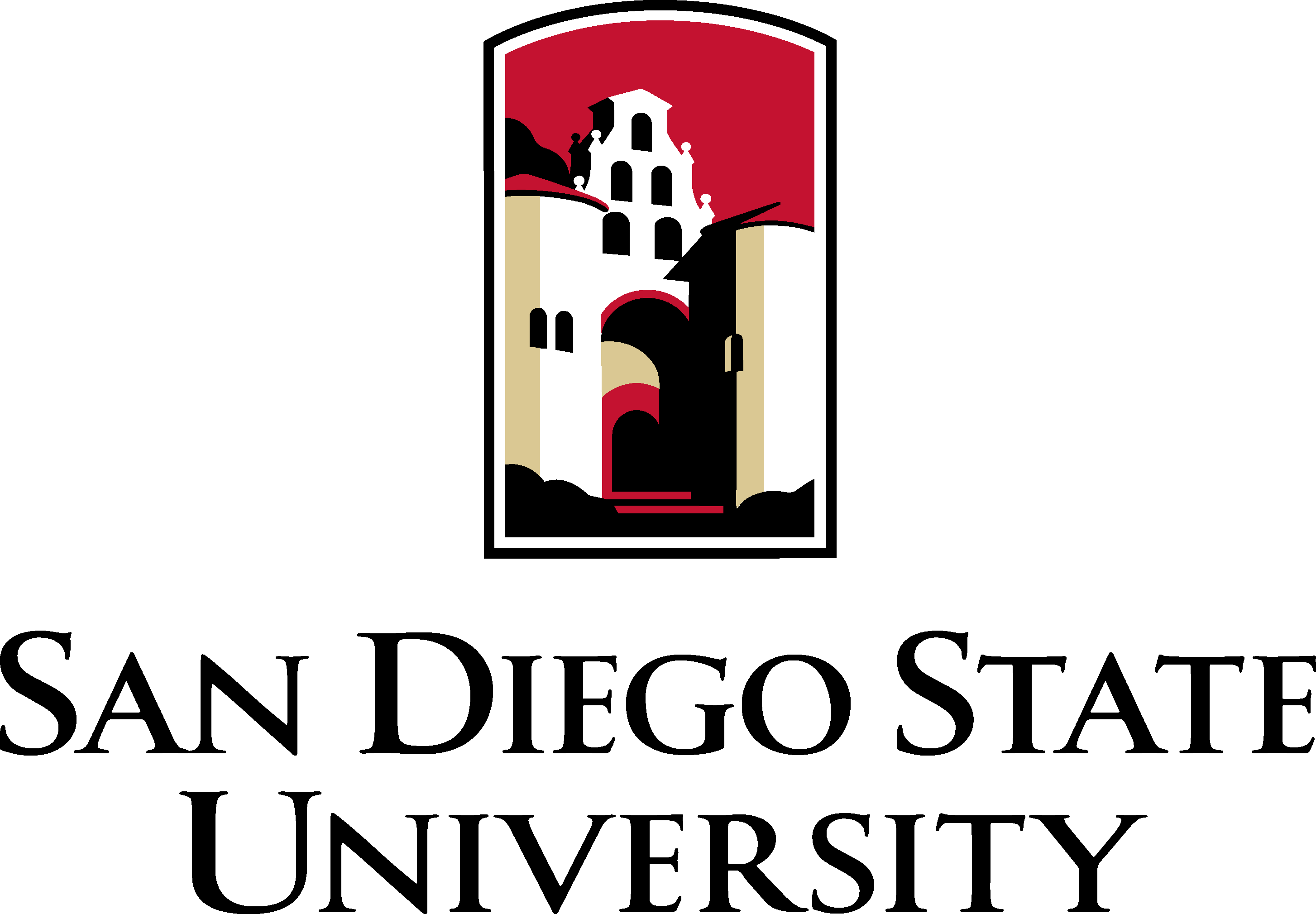
Curriculum Vitae
- B.S., Chemistry, Lewis and Clark College, 1982
- Ph.D., Inorganic Chemistry, Massachusetts Institute of Technology, 1988
- Post-Doctoral Associate, Electrochemistry, University of Delaware, 1988-1990
Research Interests
Electron transfer, proton transfer and hydrogen bonding. These are among the simplest, most fundamental types of chemical reactions. They also often go hand-in-hand. Electron transfer has a huge effect on the acid-base character of a molecule. This can result in changes in hydrogen bonding, possibly leading to proton transfer. In turn, hydrogen bonding and proton transfer can have a huge effect on the redox character of a molecule, possibly leading to electron transfer. The significance of this interdependence can be appreciated by considering that this phenomena lies at the core of both photosynthesis and animal metabolism, the major energy producing processes in living organisms. In both systems, the energy from favorable electron transfer reactions is used initially to create a pH gradient across a membrane. This is accomplished by moving the electrons through the membrane using redox reactions that involve both protons and electrons in the overall reaction.
The major goal of research in my group is to develop a complete understanding of the different mechanistic paths through which electron and proton transfer can be coupled together in reversible organic redox reactions, with a particular emphasis on the role that hydrogen bonding is playing in these mechanisms. This knowledge is of fundamental significance, but it also allows us to do some interesting and practical chemistry.
One of the interesting applications is in "supramolecular" chemistry, the study of well-defined assemblies of molecules. The ability to construct and manipulate such assemblies is vital for many types of advanced chemical systems, including, for example, new methods to convert solar energy to other useful forms of energy, molecular electronic devices, and so on. An important contribution that my group has made to this field is the development of several types of redox "switches" in which electron transfer can be used to turn on and off strong hydrogen bonding between molecules.
Recently my students and I have also been using our understanding of proton-coupled electron transfer in the more immediately practical application of drug discovery. Specifically, we are collaborating with researchers at UCSD Medical School and The Scripps Research Institute to develop new drugs to fight anaerobic microbial infections, such as guardia. The potential new drugs are believed to be activated by a reduction reaction inside the microbes. Our part of the project is to characterize the redox properties of the compounds and to use electroanalytical techniques to develop a better understanding of the mechanism of action.
The research we are doing is funded by the Petroleum Research Institute and NIH, and is published in the best chemistry journals. Yet, at the same time, it is possible for students of all levels to make significant contributions to the work. A particular advantage for undergraduate students is that most of the electrochemical experiments are easily completed within a 2-3 hr block of time. The basic techniques can usually be mastered after a couple of training sessions, so that students can start to make useful contributions to the research almost from the very beginning. An advantage for undergraduates who stay in the group for some time, as well as for Masters and Ph.D. students is that the mechanisms that we seek to understand are truly complex, and deciphering what is actually happening will hone your chemical reasoning and problem solving ability. In addition, while the emphasis is electrochemistry, the nature of the research gives students the opportunity to gain valuable experience in a wide variety of techniques, including chemical synthesis and purification, chromatography, various spectroscopies and computer modeling.
Recent Publications
- "Redox-Responsive H-Bonding: Amplifying the Effect of Electron Transfer Using Proton-Coupled Electron Transfer,"
Hyejeong Choi, Kiyeol Baek, Sean T. Toenjes, Jeffrey L. Gustafson, and Diane Kimball Smith,
J. Am. Chem. Soc. in press (2020). (doi: 10.1021/jacs.0c07841.) - "The Role of H-Bonding in Nonconcerted Proton-Coupled Electron Transfer: Explaining the Voltammetry of Phenylenediamines in the Presence of Weak Bases in Acetonitrile,"
Laurie A. Clare, Tammy D. Pham, Lily A. Rafou, Ayla G. Buenaventura, Tiffany R. Scott, Veronika Mikhaylova, and Diane K. Smith,
J. Phys. Chem. C 123, 23390-23402 (2020). (doi: 10.1021/acs.jpcc.9b06825.) - "Click chemistry-facilitated comprehensive identification of proteins adducted by antimicrobial 5-nitroimidazoles for discovery of alternative drug targets against giardiasis,"
Tineke Lauwaet, Yukiko Miyamoto, Sozaburo Ihara, Christine Le, Jaroslaw Kalisiak, Keith A. Korthals, Majid Ghassemian, Diane K. Smith, K. Barry Sharpless, Valery V. Fokin, and Lars Eckmann,
PLoS Neglected Tropical Diseases 14, 1-27 (e0008224) (2020). (doi: 10.1371/journal.pntd.0008224.) - "Photocatalytic Oxidative C—H Thiolation: Synthesis of Benzothiazoles and Sulfenylated Indoles,"
Andrew N. Dinh, Ashley D. Nguyen, Ernesto Millan Aceves, Samuel T. Albright, Mario R. Cedano, Diane K. Smith, Jeffrey L. Gustafson,
Synlett 30, 1648-1655 (2019). (doi: 10.1055/s-0039-1690107.) - "Redox-Responsive Dimerization in a Ferrocene-Ureidopyrimidone Supramolecular Assembly,"
Mario R. Cedano and Diane K. Smith,
J. Org. Chem. 83, 11595-11603 (2018). (doi: 10.1021/acs.joc.8b01570.) - "Electrochemically controlled hydrogen bonding for supramolecular assembly: Challenges and opportunities,"
Diane K. Smith,
Current Opinion in Electrochem. 2, 76-81 (2017). (doi: 10.1016/j.coelec.2017.04.002.) - "Ruthenium Complexes of 2,2 '-Bipyridine-6,6 '-diphosphonate Ligands for Water Oxidation,"
Jayneil M. Kamdar, David C. Marelius, Curtis E. Moore, Arnold L. Rheingold, Diane K. Smith, and Douglas B. Grotjahn,
Chemcatchem 8, 3045-3049 (2016). (doi:10.1002/cctc.201600359.) - "Use of an electrochemically-induced proton-coupled electron transfer reaction to control dimerization in a ureidopyrimidone 4 H-bond array,"
Laurie A. Clare and Diane K. Smith,
Chem. Comm. 52, 7253-7256 (2016). (doi: 10.1039/C6CC03365B.)
